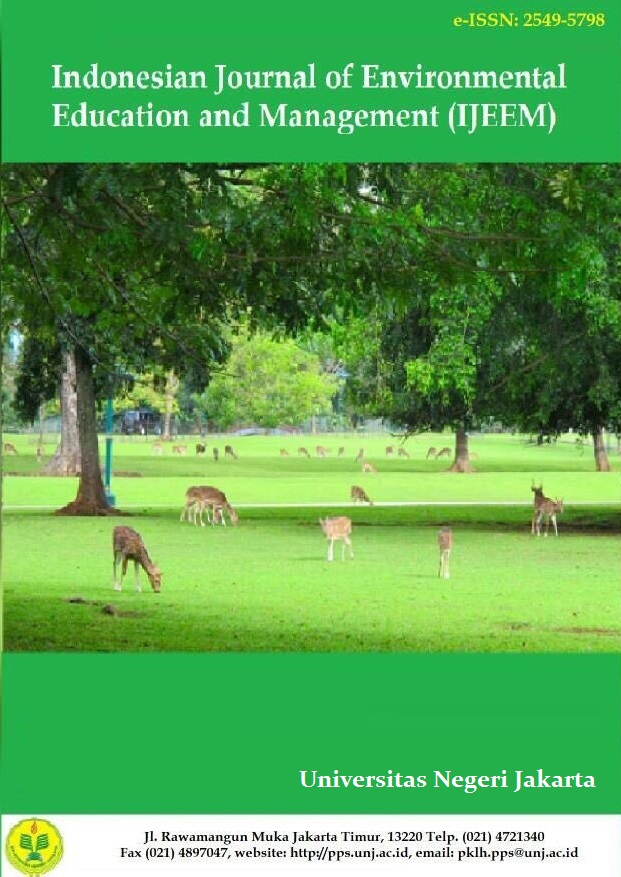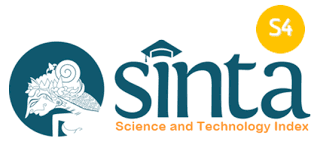Pengaruh Strategi Pembelajaran Induktif (Melalui Metode Ceramah dengan Metode Diskusi) dan Motivasi Belajar terhadap Pengetahuan Siswa Tentang Keanekaragaman Hayati Eksperimen di MTs Al Hikmah Pulogadung Jakarta
DOI:
https://doi.org/10.21009/IJEEM.022.04Keywords:
diversity, learning motivation, lecture method, extention inductive strategyAbstract
The objective of this research in the find out the effect of extension strategy Inductive (lecture method vs discussion method) and the learning motivation on the student’s knowledge about diversity. The strategy used was a quasi-experiment of 2 x 2 factorial design on the grade-VII students of Public Junior High School – Al-Hikmah Jakarta. The sample 0f 70 students were used, which they were divided in group. The results showed as follows; (1) there is a significant difference between the students knowledge about environment that was taught with lecture method with the students taught with the discussion method, (2) there is an interaction found between instructional inductive strategy and learning motivation on the student’s knowledge about diversity, (3) the students group that process high learning motivation, their knowledge about diversity is higher with the problem solving strategy than with discussion method, and (4) the low level of learning motivation student’s, their knowledge about diversity is better by lecture method than the discussion method. From the research, the conclusion is that the lecture method can be effective to increase the level of the knowledge about diversity by consideration their learning motivation.
Keywords: Knowledge about diversity, learning motivation, lecture method, extention inductive strategy






